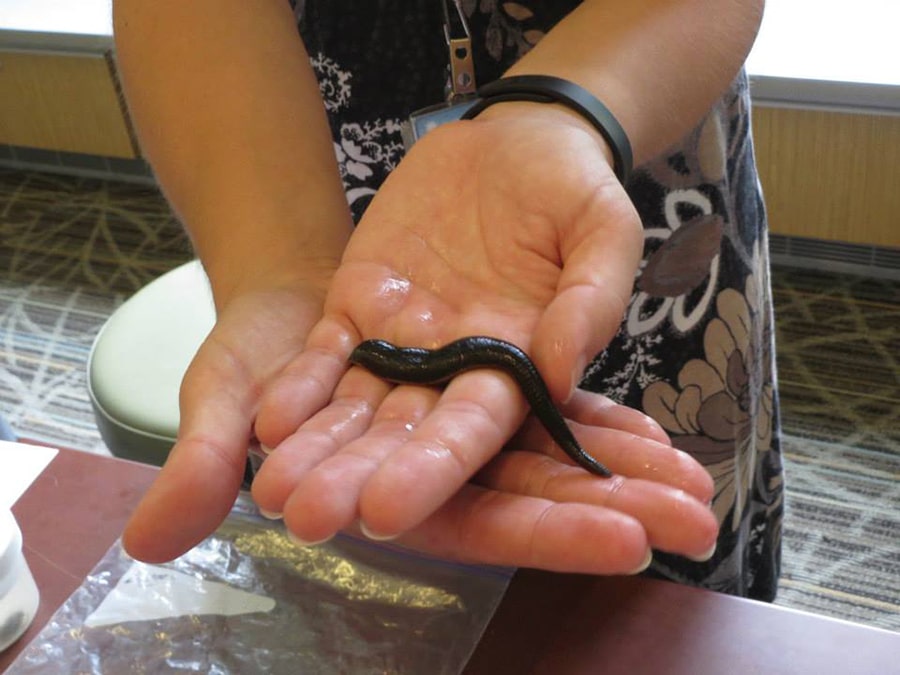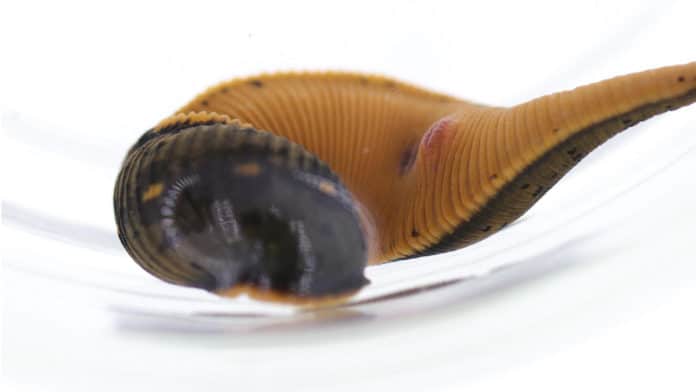A team of scientists led by Anna Phillips, a parasitologist at Smithsonian’s National Museum of Natural History in Washington, has discovered a previously unrecognized species of medical leech that has been around the nation’s capital for decades. The new species, dubbed “Macrobdella mimicus,” identified from specimens collected in southern Maryland, just less than 50 miles from the National Museum of Natural History.
Macrobdella mimicus is the first medicinal (human-blood-sucking) leech to be described in North America in over 40 years, according to Phillips. It is native to freshwater wetlands from Georgia to New York.
Phillips and her colleagues collected numerous orange-spotted, olive-green leeches from a 2015 field expedition. But they thought the leeches belonged to a different species called Macrobdella decora, which is commonly found throughout the northern US. But DNA sequencing showed significant differences.

When their DNA was analyzed by the team, it turned out that some of them were different. After that the scientists took a closer look at those individuals, they found that the new leeches have multiple reproductive pores along the bottom of their bodies, known as gonopores and accessory pores, which were located in a different position relative to those on the Macrobdella decora.
Researchers then went back into the field, and they found more leeches with that same pore placement. Also, their DNA was more closely related to the leeches they had found in Maryland than to anything else known to science.
Phillips then went through the Smithsonian’s collections to analyze dozens more North American leeches; she found these things everywhere. The museum specimens proved that Macrobdella mimicus had been here for decades, with a range that stretches from northern Georgia to New York.
While many people are squeamish about leeches, Phillips respects them as valuable members of the ecosystem. Back in the 1700s and 1800s, physicians believed that the leeches helped remove bad blood from a patient’s body. In modern medicine, they are used to improve blood flow following plastic surgery, frostbite, and finger reattachments.
“A discovery like this makes clear just how much diversity is out there remaining to be discovered and documented, even right under scientists’ noses,” said Phillips.
The team has described the new species in a paper published in the Journal of Parasitology.
